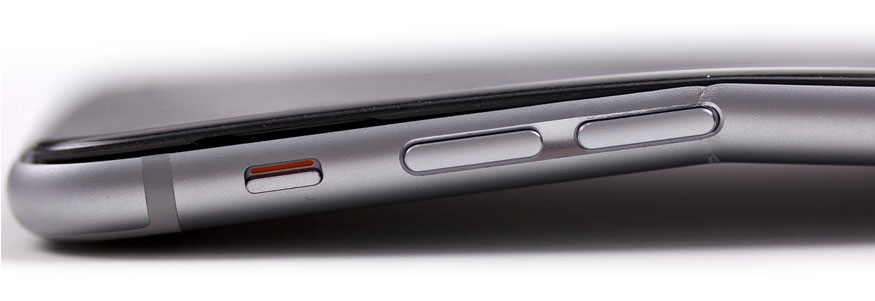|
The press would have us believe that Apple’s issue with the strength of their new iPhone is a significant risk to the ongoing success of the company and it is certainly creating a negative market perception. A nightmarish situation for any company.
This failure is a Latent Defect
A latent defect is a defect in an item that is only found after the delivery of an item, discovered through the normal use of the item. It is not a defect that is found through normal testing, inspection or investigation tasks and can be of a design, material or workmanship defect. It is sometimes called a hidden defect.

So how do you stop this from happening?
There is no doubt that these are the hardest things to find and it is good reason why there should always be a good recovery plan in place for when it does happen.
Here in Melbourne, local product designers observed that there 3 things that you can do to help ensure your products successful performance.
1. Observe how your customers use your product
This one sounds obvious but helps you in all aspects of your product development process. You can then match the use cases to the testing to ensure that you are testing relevant performance.
2. Test to failure
It is important that you continue to test your product to failure. In our experience here in Melbourne we often find companies finish their reliability and fatigue tests once they have met their documented requirements. Finding and understanding your products failure points provides you with real information that should be fed back into your performance specifications. Often when you fix the first failure point, you can extend the reliability in significant terms before the second failure point is found. This provides you with an opportunity to improve your product remarkably and extend its life or alternatively possible reduce product costs by more closely matching the reliability of the different components.
3. Borrow from the best
From a product design point of view, another way to avoid being caught out by product failures is to borrow a technique from our software engineering colleagues. Test Driven Development (TDD) is a practice where the tests are defined before any code is written. Some of the benefits derived in the software world apply in the hardware world to deliver more value, faster.
These include using a functional breakdown as the basis of the design to allow us to:
● Adapt to change quickly
● Align the system design with the product requirements
● Create clear functional components with defined interfaces
● Building team trust through more visibility
● Creating a clear set of deliverables for the client

So did Apple get it wrong?
Apple claim that there have only been 9 cases of this type of event. An acceptable failure rate considering the million + phones sold in the first few weeks? At this rate it could be assumed that the product designers in Apple don’t think so.
An article by Lauren Goode on www.recode.net provides a behind the scene look at some of the testing that Apple do on their phones.
If you need assistance putting together a test program or have a project you need help with please contact our product designers in Melbourne on (03) 9413 9000 or email us at This email address is being protected from spambots. You need JavaScript enabled to view it., we’re here to help realise your dream.
Don't miss out. Sign up for our newsletter now!
|




